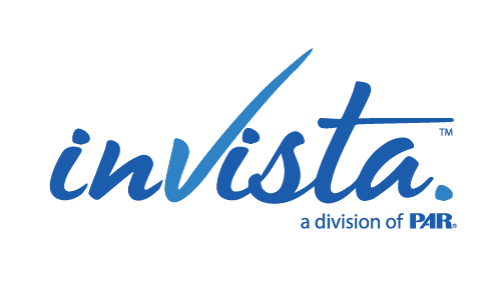Starting a new job is full of excitement—better working environment, maybe a higher salary, more opportunities for advancement, even better benefits—but many people soon realize that this new opportunity may not be all it seemed from the initial interview. In fact, 72% of workers who changed jobs during the pandemic say that they’ve experienced that unsettling feeling when the reality of their new position is different from their expectation. Kathryn Minshew, The Muse’s cofounder and CEO, coined the term “shift shock” to describe this experience. And whether it is a feeling of surprise or regret, it isn’t uncommon.
What causes shift shock?
Shift shock can be caused by many things—misleading information about the job or the company, unclear expectations about the role, lack of key data, beliefs about what the job will be and not how it currently is, or even a misalignment in culture. But in general, shift shock is caused by unsatisfied expectations.
Shift shock can lead to increased turnover
Of those surveyed who said they experienced shift shock, 41% said they would only wait 2 to 6 months before applying for another job—and 80% said they think it’s acceptable to leave a new job before the 6-month mark if it does not meet their expectations.
Shift shock isn’t just bad for employees who are unsatisfied with their new roles, it’s bad for the company as a whole. In a tight labor market, it is more difficult and may take longer to fill empty seats, making retention of valuable employees even more essential.
Turnover has an impact on the morale of the employees who stay and have to absorb the extra work (according to a recent study by the Harris Poll, among companies who have experienced an increase in turnover, one of the most-cited reasons for employees to leave is due to vacancies caused by other employees resigning). And turnover is expensive—according to that same study, turnover costs companies an average of $22,279 a year in lost productivity and expenses related to recruiting.
How can my organization avoid shift shock?
There are steps hiring managers can take to mitigate shift shock and improve business outcomes. First, employers need to be upfront about the job and its expectations. Have a realistic idea of the demands of the position and what a typical day entails—and make sure those expectations are captured and communicated in the job posting and throughout the recruitment process. Be upfront about the main tasks the applicant will handle and what success looks like.
Furthermore, be sure your candidates understand company culture and values—from dress code and level of formality to etiquette on messaging and video conferencing.
InVista understands that selecting and supporting employees who are both a good fit and good for the organization is crucial—not only for employee engagement and satisfaction, but also for the health and success of the company. Learn more about us at invistainsights.com.


Recent Comments